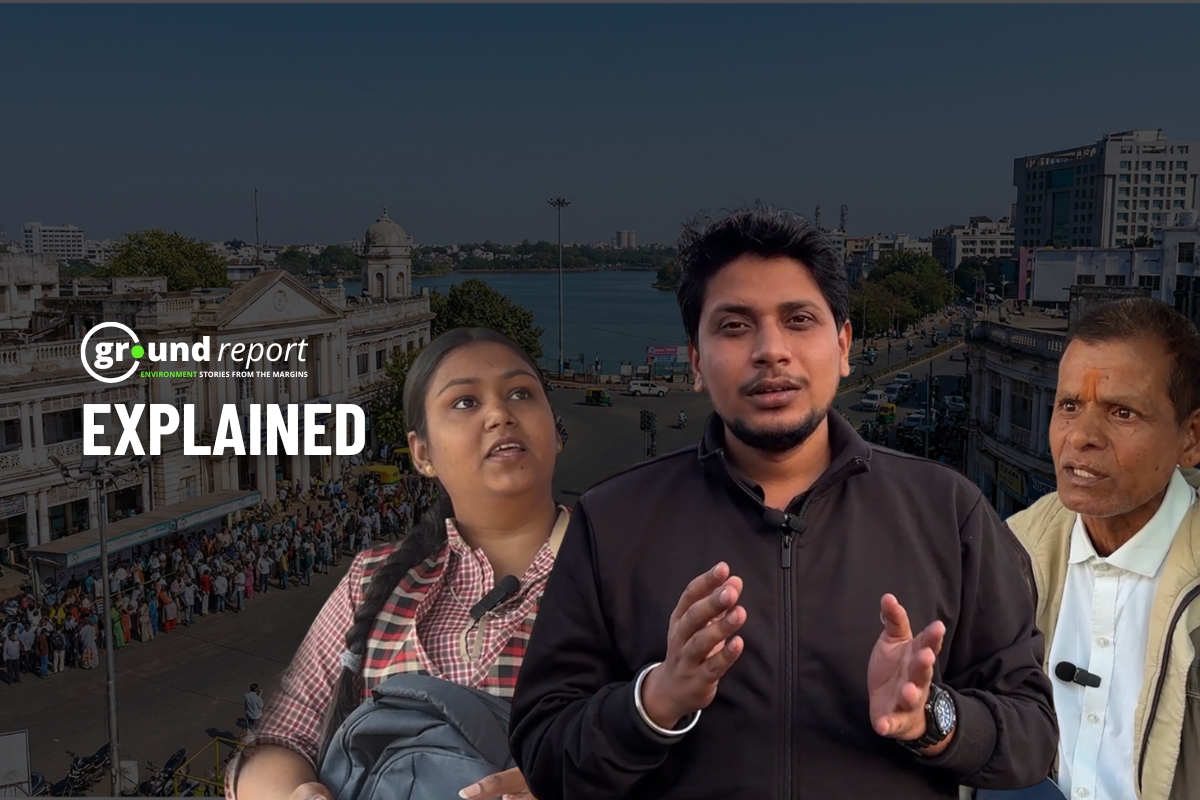Lahore, Pakistan’s second-largest city, is facing an unprecedented air pollution crisis, with the Air Quality Index (AQI) soaring beyond hazardous levels, prompting emergency measures. Lahore topped the global air pollution charts for the second time this week as AQI levels exceeded 1,000—far above the 300 mark deemed “dangerous” by the World Health Organization (WHO).
Lahore faces severe air pollution crisis
Worsening air quality has led to school closures, with Lahore’s primary schools suspended for a week. A “green lockdown” mandates 50% of office workers to work from home. Vehicle restrictions, including bans on engine-powered rickshaws and unfiltered barbecues by street vendors, have been enforced. The government urges citizens to stay indoors, especially vulnerable groups like children and the elderly.
The crisis has prompted the government and environmental experts to blame neighbouring India for burning crop stubble. During the fall harvest, northern Indian farmers burn their crop residue, releasing large smoke amounts. The problem intensifies when eastern winds carry this pollution into Pakistan.
Another feather added into the crown of Lahore!
It has now earned the grim title of the most polluted city on Earth, a shocking testament to the systemic failures of governance. The toxic air has spiraled out of control, leaving many to suffer from hazardous pollution. pic.twitter.com/ut4MqirFCs
— Arushi Bhat (@BhatArushi) November 5, 2024
The Senior Minister for Punjab, Marriyum Aurangzeb, has publicly claimed that winds from India are significantly contributing to the city’s smog crisis by increasing the pollution levels in Lahore. In a recent interview with The Indian Express, she explained that stubble burning in Indian Punjab during harvest season, combined with favourable wind patterns, brings heavy smog into Lahore.
She highlighted that while crop burning isn’t the sole cause of Lahore’s air pollution, the wind direction and weather during the paddy harvest have worsened the situation. “When the wind shifts, the AQI in Lahore can drop to 200, but when it’s blowing from India, it’s catastrophic,” Aurangzeb noted.
Pakistan acknowledges larger stubble problem in India
While acknowledging Pakistan’s stubble-burning issues, she emphasized the problem’s scale across the border. She stated, “The difference between our and Punjab’s paddy stubble problem in India is of magnitude. The number of farmers and size of farms in India is huge.”
Raja Jehangir Anwar, a senior environmental official, described crop residue burning as “the biggest headache” contributing to Lahore’s smog crisis, adding that there is a need to acknowledge climate diplomacy as a “regional and global issue.”
The Pakistani government is managing stubble burning domestically, distributing super-seeder machines to farmers, and arresting those burning crop residue. However, Aurangzeb insists a bilateral approach is needed. She proposed a “joint smog mitigation action plan” involving both India and Pakistan to tackle air pollution, urging both nations to set aside political differences and collaborate for public health.
Aurangzeb’s call for regional cooperation, dubbed “smog diplomacy,” comes amid frustration over the ongoing pollution crisis. She pointed out that this pollution affects not just Lahore but the entire region. “This is a national disaster for both countries, especially both Punjabs. We need to work together,” she said.
The lack of cooperation between the two countries on shared environmental issues has worsened the crisis, and Pakistan is now calling for dialogue and joint efforts to tackle the deadly smog affecting millions every year.
Support us to keep independent environmental journalism alive in India.
Keep Reading
Govt shelves elephant census, population drops 20% in 5 years
Wildlife SOS mourns passing of Suzy, 74, oldest rescued Elephant
Asian Elephants display complex mourning rituals similar to humans: study
Asian Elephant populations threatened by rapid ecosystem decline
Follow Ground Report on X, Instagram and Facebook for environmental and underreported stories from the margins. Give us feedback on our email id greport2018@gmail.com.
Don’t forget to Subscribe to our weekly newsletter, Join our community on WhatsApp, and Follow our YouTube Channel for video stories.






